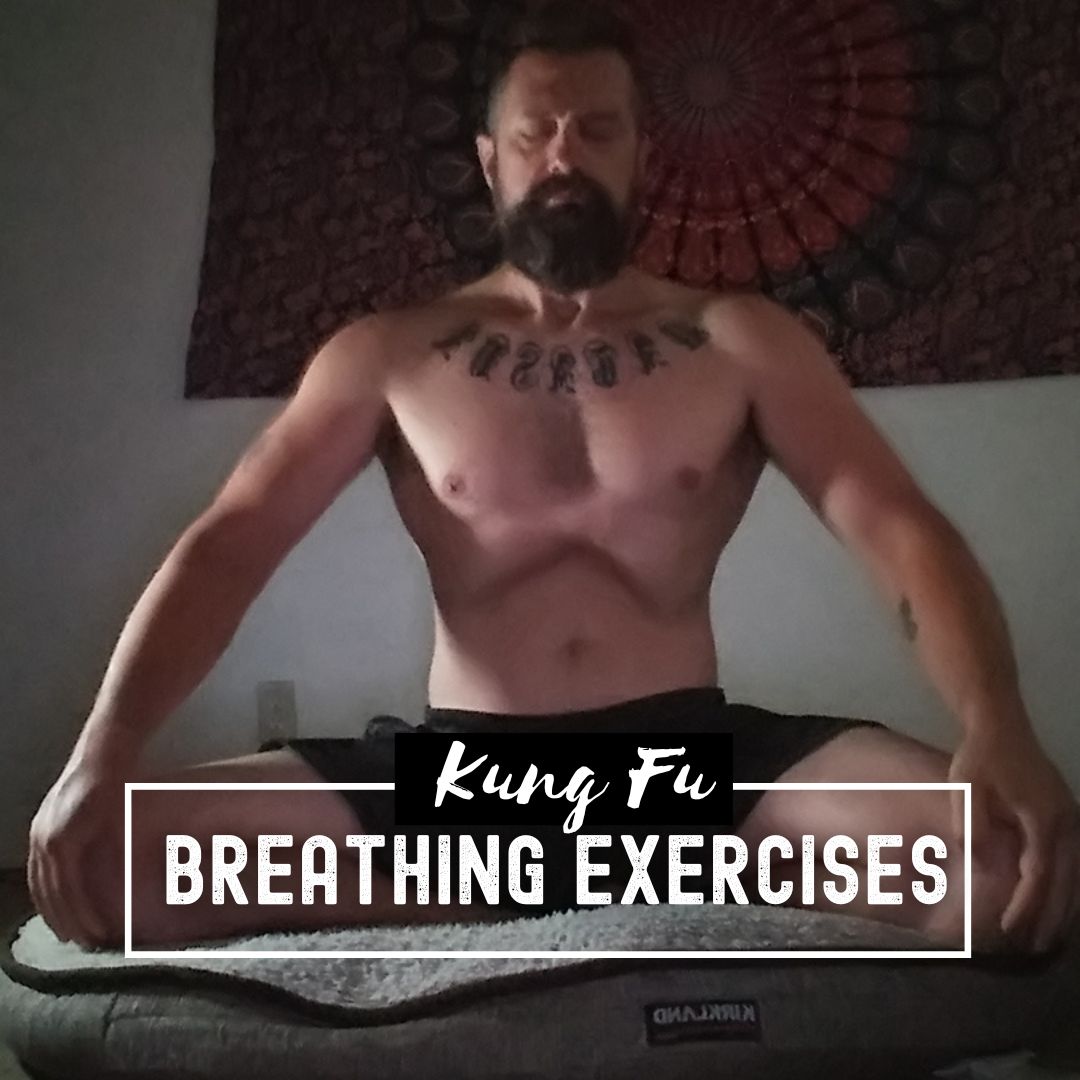
A Look At Breathing Exercises Benefits & Limitations
We’re going to take look at one of the most important ways breathing exercises can be good for us. We’ll also consider some of the limitations. This post is a follow-up of last week’s article on the “four quarters of breathing,”
As always, it’s important to be clear that I am not a doctor. Nothing in this post meant to be considered medical advice. I only share my own practice and motivations for others to consider. Always consult with a licensed and credentialed functional medicine practitioner before making any changes to your exercise and lifestyle routine.
Deep Breathing Exercises Can Be Improved By Providing Resistance
Allow me to introduce you to my newest toy: the Breather Fit. This tool allows you to add variable resistance to both the inhale and exhale.
Yes, it does look exactly like a crack pipe.

There is a free app meant to be used in conjunction with this piece of equipment, but in my experience, it’s not necessary and not very high quality or interesting to use.
So, why would we want to bother adding resistance to our breathing?
In one word: reserves.
Let’s look at the graphic below, which illustrates lung volumes, and corroborates my premise that a full breath cycle should have “four quarters.”

Failure to maintain adequate reserves is the physiological equivalent of living paycheck to paycheck. It’s all good until you find yourself in a high-demand state. We want to keep as much money in reserve as possible to cover those unexpected bills.
Our bodies are constantly adjusting to the signals it receives; if all they ever receive are weak signals, our bodies adapt towards weakness.
The Last Word On Why Breathing Exercises Are Good For You
When’s the last time you heard somebody complaining they had too much time in the day? Technology hasn’t saved us any time in our day-to-day lives, but it has saved us energy. It generally takes much less effort to complete tasks today than in the past. That reduced effort translates into reduced messages to our bodies. Without these signals from our environment, we won’t maintain our strength or the ability to meet our oxygen demands.
In the 21st Century, we must seek opportunities to expose ourselves to healthy physical stress regularly. If we don’t, our reserves dwindle to the bare minimum necessary to support us while sitting indoors in central air and artificial lighting. It leaves us unprepared for the inevitable unexpected challenges of life.